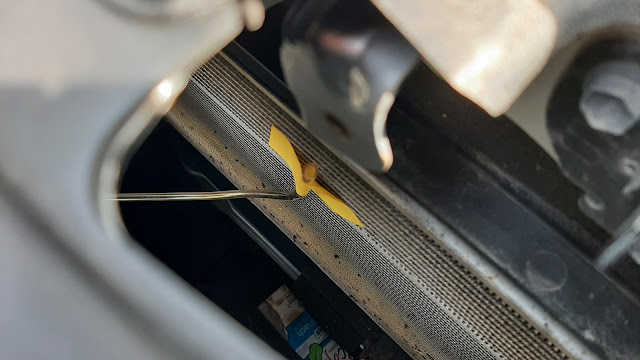Coefficients in Aerodynamic Engineering

If you read anything online about aerodynamics, you will come across something called a drag coefficient . Often, articles on blogs, magazine websites, or Youtube videos will explain this drag coefficient as a measure for comparing the aerodynamic efficiency of two cars or trucks. But what is a “drag coefficient” exactly? Coefficients in Engineering To answer that, we need to step back and look at the concept of coefficients more generally. Coefficients are nondimensional numbers—that is, they have no units and don’t represent a measure of something physical like speed or force. For example, engineers working with compressible gases use several coefficients to determine properties of these gases, including reduced pressure ( p R ), reduced temperature ( T R ), and reduced specific volume ( v’ R ), where Coefficients of performance are used to calculate the efficiency of refrigeration or heat pump cycles, or the thermal efficiency of power cycles (like the home...




